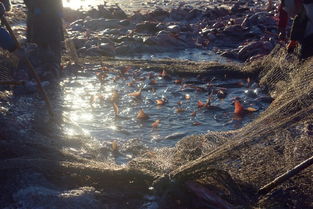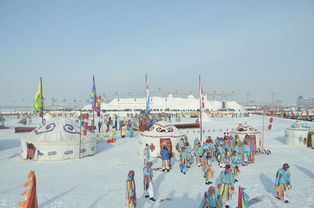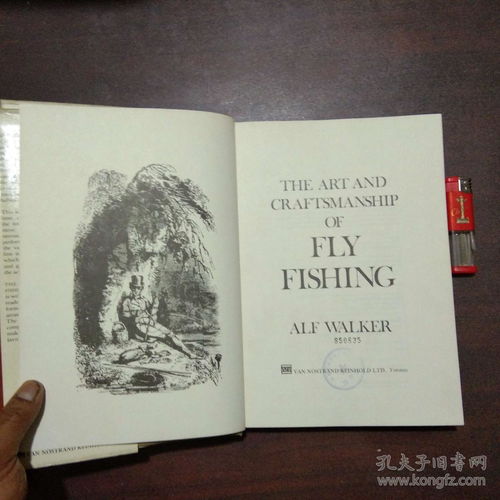Content:
Fishing in reservoirs and ponds can be a tranquil and rewarding experience. Whether you are a seasoned angler or a beginner, understanding the techniques to catch fish in these water bodies is crucial. In this article, we will delve into the essential tips and tricks for fishing in reservoirs and ponds, ensuring that you have a successful and enjoyable outing.
Choose the Right Equipment
The first step to successful fishing in reservoirs and ponds is to select the appropriate equipment. Here are some key items to consider:
- Rod and Reel: Choose a rod and reel that match the type of fish you are targeting. For smaller ponds, a lightweight spinning rod with a spinning reel is ideal. For larger reservoirs, a heavier baitcasting rod with a baitcasting reel might be more suitable.
- Line: Use a line that matches the size of the fish you are aiming to catch. Monofilament is a popular choice for its flexibility and ease of handling.
- Lures and Baits: Depending on the fish species, you may need different types of lures and baits. Live bait, artificial lures, and natural baits like worms or crickets can all be effective.
Understand the Habitat
Reservoirs and ponds are diverse habitats, and knowing the environment can help you locate fish. Here are some factors to consider:
- Structure: Look for areas with vegetation, rocks, logs, or submerged objects. These structures can provide cover and attract fish.
- Depth: Fish often move to different depths depending on the season and temperature. During summer, they may be found in deeper, cooler water, while in winter, they might be in shallow, warmer areas.
- Water Conditions: Observe the water clarity and color. Fish may be more active in clear water, but they can also be found in murky conditions.
Timing is Key
The best time to fish can vary depending on the season and weather conditions. Here are some general guidelines:
- Early Morning and Evening: Fish are often most active during these times, as they feed more to prepare for the day or to conserve energy at night.
- Warm Days: On warm days, fish may be more active in the morning and evening. During the heat of the day, they may seek cooler waters.
- Changing Weather: Fish can be more active before and after storms, as the sudden change in oxygen levels can stimulate feeding.
Baits and Lures
When it comes to baits and lures, experimentation is key. Here are some popular options:
- Live Bait: Use worms, crickets, or small fish as live bait. Live bait can be particularly effective for larger fish.
- Artificial Lures: Soft plastics, spinnerbaits, jigs, and crankbaits are all effective for attracting fish. Match the color and size of the lure to the fish you are targeting.
- Natural Baits: Bread, corn, and cheese can be used as natural baits. These are particularly effective for panfish and catfish.
Presenting the Bait
The way you present your bait or lure can greatly impact your success. Here are some techniques:

- Trolling: Moving your boat slowly with a lure or bait can attract fish. This is especially effective in reservoirs with open water.
- Cast and Retrieve: Cast your lure or bait out and retrieve it at a steady pace. This mimics the natural movement of prey.
- Jigging: Drop a jig to the bottom and then pull it up and down to mimic the movement of a struggling fish.
Patience and Persistence
Fishing is a patient sport. Be prepared to wait for the bite, and don't get discouraged if you don't catch anything right away. Persistence pays off, and you may be rewarded with a great catch.
Safety First
Always prioritize safety when fishing in reservoirs and ponds. Here are some safety tips:
- Weather Check: Always check the weather forecast before heading out and be prepared for sudden changes.
- Boat Safety: If you are fishing from a boat, ensure it is equipped with the necessary safety gear, such as life jackets and a first aid kit.
- Respect the Environment: Be mindful of your surroundings and leave no trace of your presence.
In conclusion, fishing in reservoirs and ponds can be a fulfilling activity with the right techniques and mindset. By choosing the right equipment, understanding the habitat, timing your outings wisely, selecting effective baits and lures, presenting them correctly, and maintaining patience and safety, you'll be well on your way to a successful fishing trip. Happy fishing!












